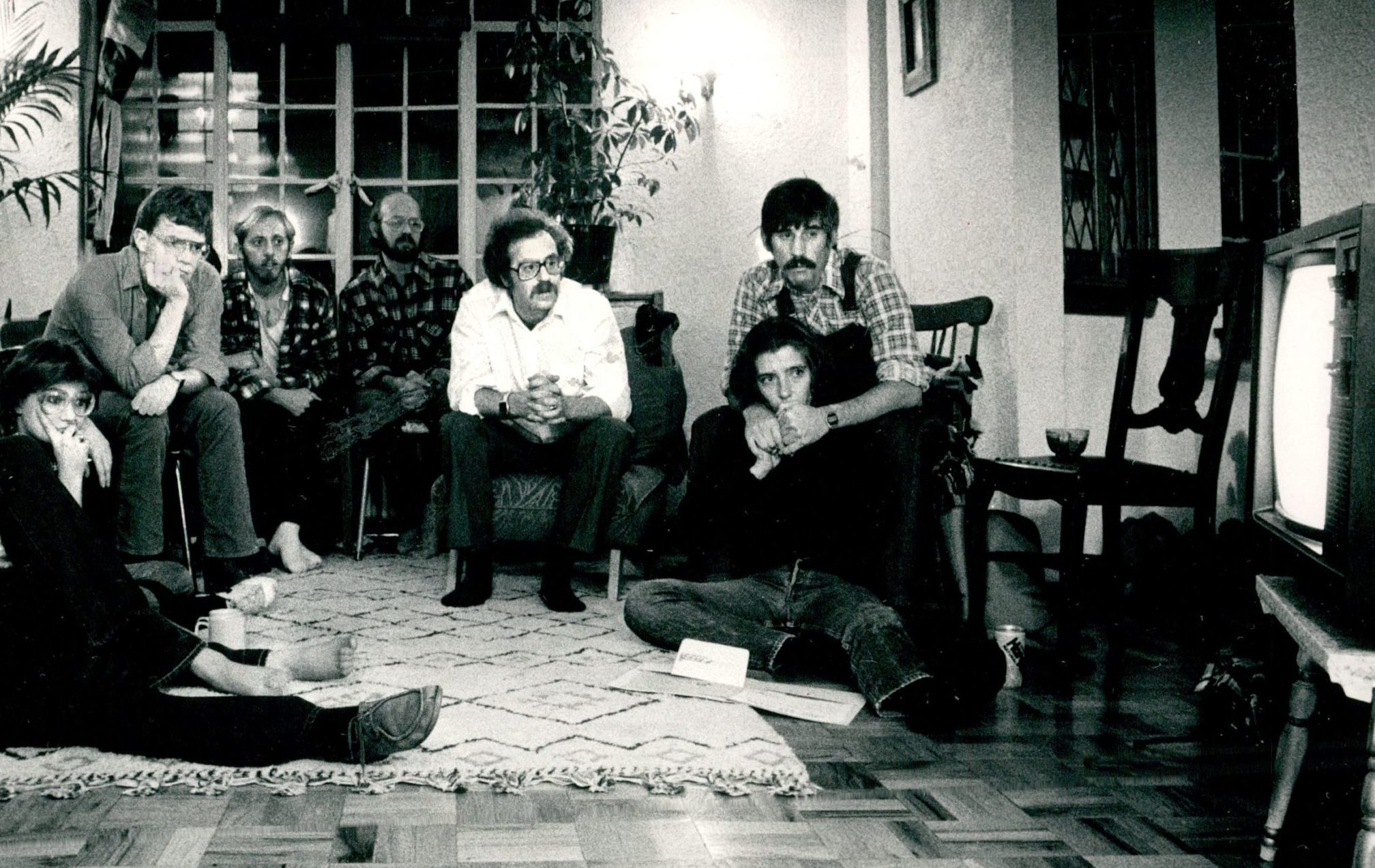'The Day After' at 40
The classic about nuclear armageddon now seems shamelessly manipulative.

In Woody Allen’s classic romantic comedy Manhattan, Woody’s character insists that he was part of the World War II generation. His girlfriend points out that he was eight years old during the war. “Right, I was never in the trenches,” he says. “I was caught right in the middle. It was a very tough position.”
I was reminded of this bit of repartee when considering my curious relationship with the notorious made-for-TV movie The Day After, which imagined in stark and shocking detail the effects of nuclear war on a group of middle-class Americans in Lawrence, Kansas. The movie, which starred Jason Robards, John Lithgow, JoBeth Williams, and Steve Guttenberg, turns 40 this year.
Comments